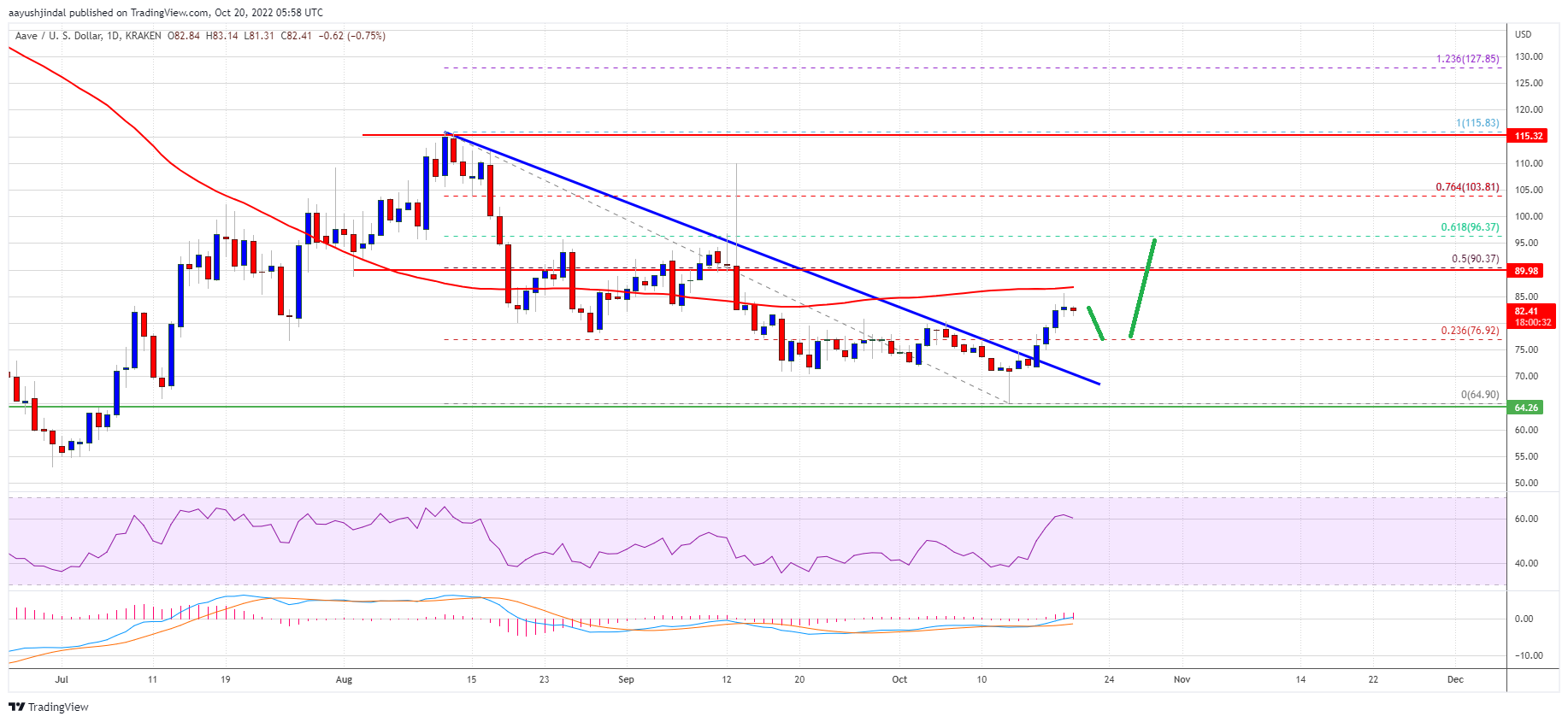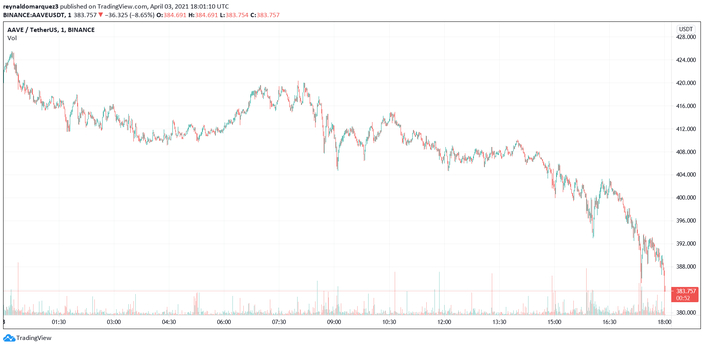A mysterious whale is rapidly accumulating Chainlink (LINK). According to Lookonchain, the unknown entity, possibly an institution, withdrew over 2.2 million LINK (worth $42.38 million) via 47 new wallets from Binance, the world’s largest crypto exchange by trading volume, in two days.
This sudden block withdrawal now raises questions about what’s driving the whale’s interest and what it could mean for LINK in the coming days.
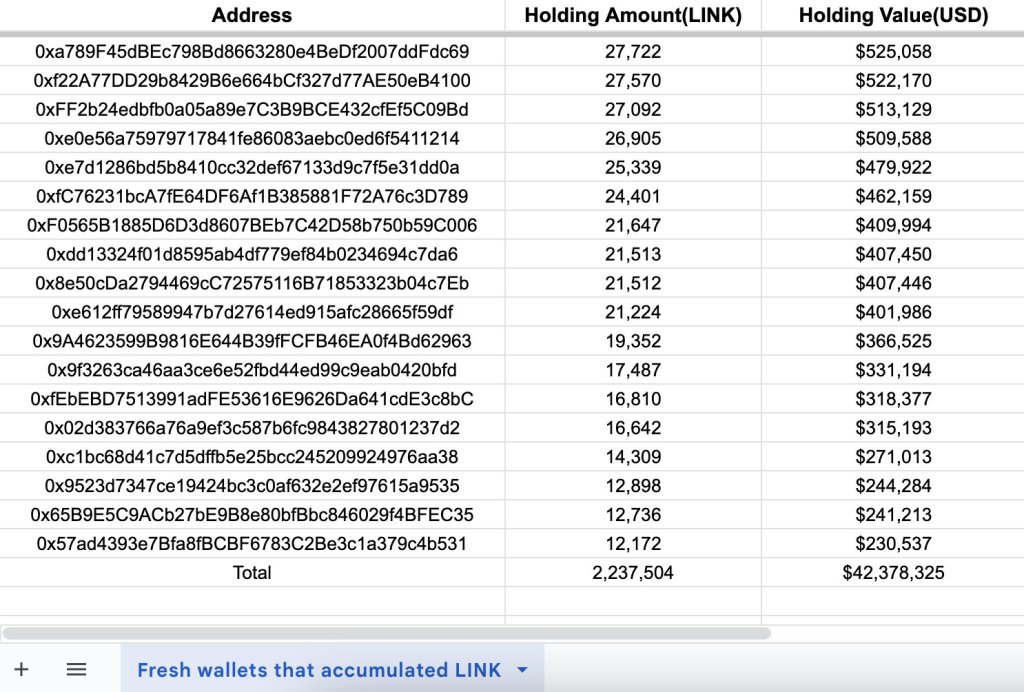
Chainlink Is Key In DeFi And NFTs, Gradually Improving
Chainlink is a popular project that provides secure middleware services and allows smart contracts to access tamper-proof external data. For this role, the platform has been adopted by multiple protocols offering decentralized finance (defi) services in Ethereum and beyond.
Additionally, Chainlink plays a role in non-fungible tokens (NFTs) through its random number generator (RNG). It continues to release new products and enhance its features.
To illustrate, in November, Chainlink upgraded its staking mechanism, releasing v0.2, which significantly increased the pool size to 45 million LINK.
The platform noted that the decision was to attract more investors and, more importantly, bolster its security while concurrently aligning with its broader objective of attaining the “Economics 2.0” plan.
Initially, staking began in December 2022. The goal was to incentivize participation by expanding the utility of LINK and allowing stakers to receive rewards.
The release of v0.2 in November means more tokens can be locked, helping make LINK scarce, considering the role of the token in the vast Chainlink ecosystem.
Trackers show that over 40.8 million LINKs have been locked so far. Chainlink confirms that anyone can earn a variable reward rate of 4.32%.
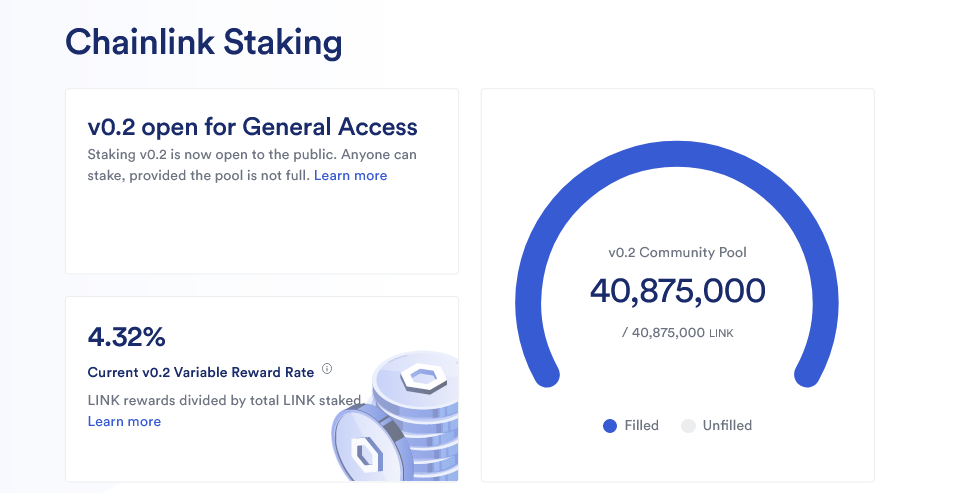
Beyond staking, Chainlink’s Cross-Chain Interoperability Protocol (CCIP) is gaining adoption. To illustrate, the Hong Kong Monetary Authority (HKMA) initiated its first phase of e-Hong Kong Dollar (e-HKD) trials in November, integrating CCIP.
As part of this trial, the regulator wanted to illustrate the capabilities of programmable payments enabled by Chainlink via its solution, CCIP. In DeFi, protocols such as Synthetix and Aave have adopted CCIP.
Will LINK Breach $20?
With more protocols and traditional institutions leveraging the technology, the demand for LINK (and prices) will likely increase as the fear of missing out (FOMO) kicks in.
While the whale’s motives remain unknown, their large-scale LINK accumulation suggests they might be bullish on the token. Notably, it coincides with the sharp expansion of LINK prices in the past 48 hours.
So far, the token is changing hands slightly below the $20 psychological resistance. Any breakout above this level might lift the token to around $35 in Q3 2021.

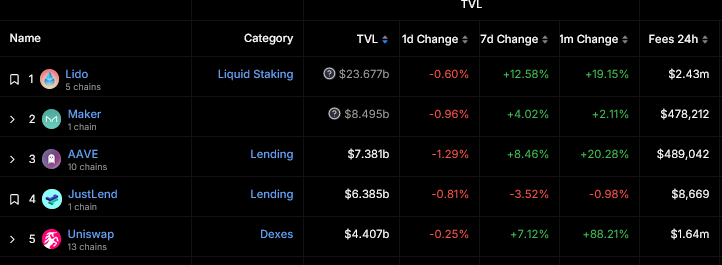
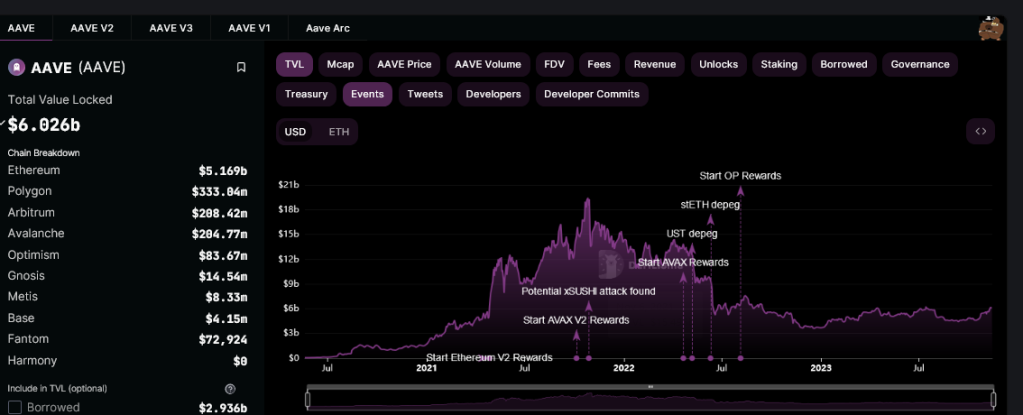









 here’s a transparent
here’s a transparent on what we did:
on what we did:
